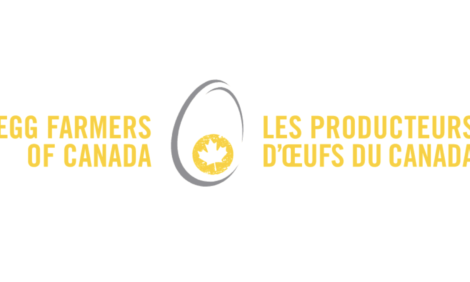



Scientists Study Ways to Reduce Salmonella in Broilers
BELGIUM - As well as general hygiene measures, feed and water additives are being used to reduce Salmonella in live broilers, according to a review article from the University of Liège. In-ovo feeding is identified as a possible future control measure.Current and emerging strategies to reduce Salmonella contamination at farm level have been investigated by S. Vandeplas and colleagues at the University of Liège, and published in the current issue of Journal of Food Protection.
Salmonella is a human pathogen that frequently infects poultry flocks, explain the researchers. Consumption of raw or undercooked contaminated poultry products can induce acute gastroenteritis in humans. Faced with the public health concerns associated with salmonellosis, the European Union has established a European regulation forcing member states to implement control programmes aimed at reducing Salmonella prevalence in poultry production, especially at the primary production level.
The purpose of their review article is to summarize the current research and to suggest future developments in the area of Salmonella control in poultry, which may be of value to the industry in the coming years.
The review focuses especially on preventive strategies that have been developed and that aim at reducing the incidence of Salmonella colonisation in broiler chickens at the farm level.
In addition to the usual preventive hygienic measures, other strategies have been investigated, such as feed and drinking water acidification with organic acids and immune strategies based on passive and active immunity. Modification of the diet by changing ingredients and nutrient composition with the intent of reducing a bird's susceptibility to Salmonella infection also has been examined.
Because in ovo feeding accelerates small intestine development and enhances epithelial cell function, this approach could be an efficient tool for controlling enteric pathogens. Feed additives such as antibiotics, prebiotics, probiotics and synbiotics that modify the intestinal microflora are part of another field of investigation, and their success depends on the additive used.
Vandeplas and co-authors add that other control methods such as the use of chlorate products and bacteriophages also being studied.
Reference
Vandeplas, S., R. Dubois Dauphin, Y. Beckers, P. Thonart and A. Théwis. 2010. Salmonella in chicken: current and developing strategies to reduce contamination at farm level. Journal of Food Protection, 73 (4): 774-785.
Further Reading
| - | You can view the full report (fee payable) by clicking here. |











